Full Name John Crome Name John Crome Nationality English Role Artist | Children John Berney Crome Spouse(s) Phoebe Berney | |
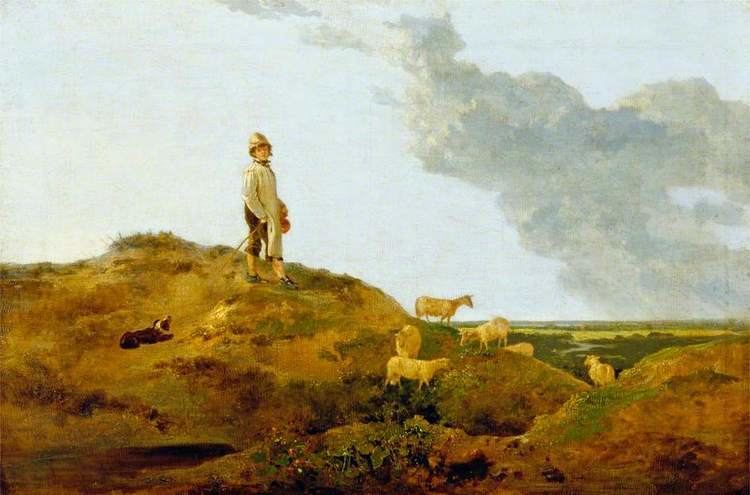 | ||
Born 22 December 1761 ( 1761-12-22 ) Norwich, England Died April 22, 1821, Norwich, United Kingdom Artwork Yarmouth Jetty, Slate Quarries Periods Norwich School, Romanticism | ||
British masters john crome john sell cotman
John Crome (Norwich 22 December 1768 – 22 April 1821) was an English landscape artist of the Romantic era, one of the principal artists of the Norwich School art movement. He lived in Norwich for all his life, and most of his works are Norfolk landscapes.
Contents
- British masters john crome john sell cotman
- John Crome A collection of 110 paintings HD
- Biography
- Works
- References
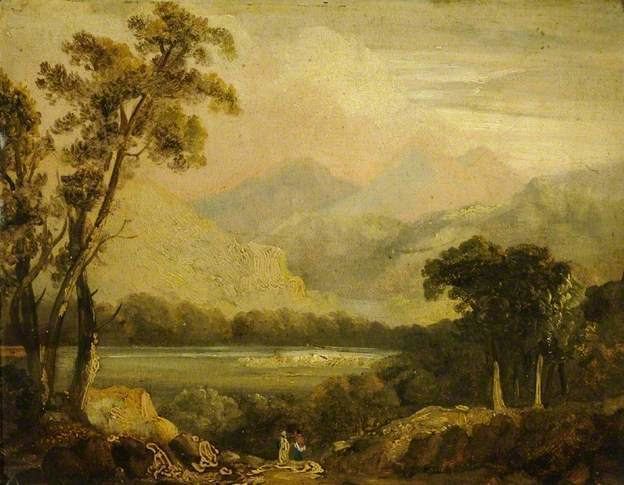
He was sometimes known as Old Crome to distinguish him from his son, John Berney Crome, who was also a well-known artist. His work is in the collections of major galleries including the Tate Gallery and the Royal Academy. He is particularly well represented at Norwich Castle Museum. He produced etchings and taught art.

John Crome: A collection of 110 paintings (HD)
Biography
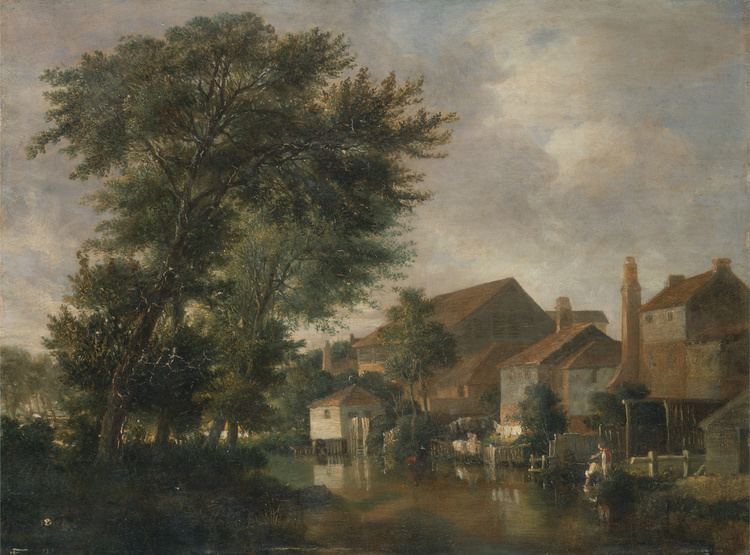
Crome was born in Norwich in Norfolk, the son of a weaver. After a period working as an errand boy for a doctor (from the age of 12), he was apprenticed to Francis Whisler, a house, coach and sign painter. At about this time he formed a friendship with Robert Ladbrooke, an apprentice printer, who also became a celebrated landscape painter. The pair shared a room and went on sketching trips in the fields and lanes around Norwich. They occasionally bought prints to copy.
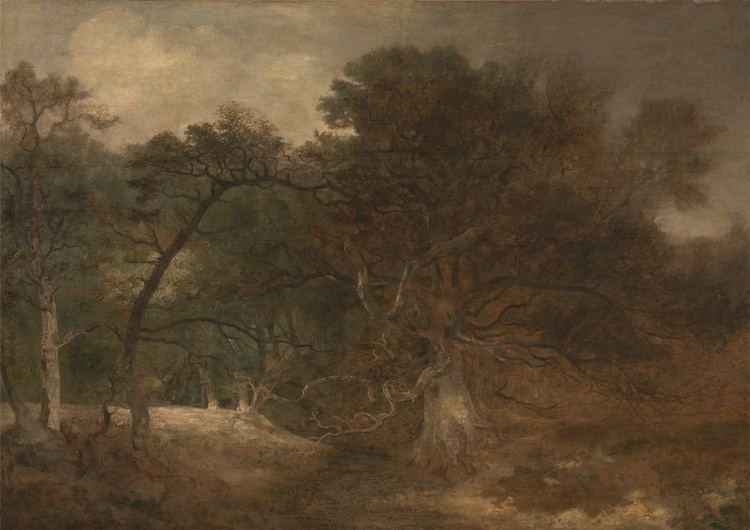
Crome and Ladbrooke sold some of their work to a local print-seller, "Smith and Jaggars" of Norwich, and was probably through the print-seller that Crome met Thomas Harvey of Old Catton, who helped him set up as a drawing teacher. He had access to Harvey's art collection which allowed him to develop his skills by copying the works of Gainsborough and Hobbema. Crome received further instruction and encouragement from Sir William Beechey R.A., whose house in London he frequently visited, and John Opie R.A.
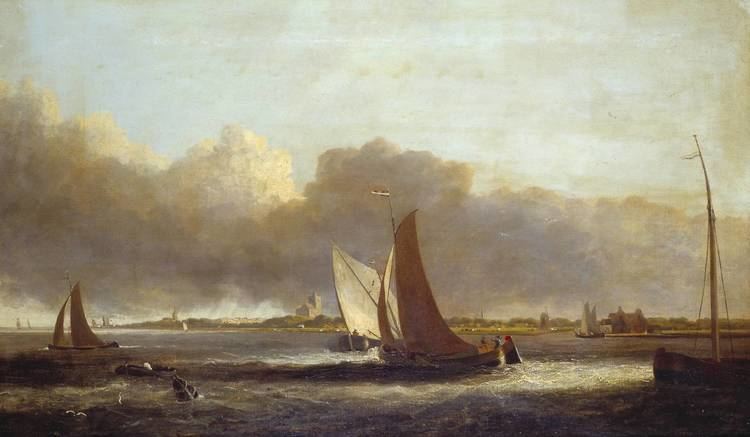
In October 1792 Crome married Phoebe Berney – they had two daughters and six sons. His eldest son, John Berney Crome (1794–1842) was a notable landscape painter, as was his third son William Henry Crome (1806–67).
He was a member of the Norwich Society of Artists and contributed 22 works to its first exhibition, held in 1805. He served as president of the society several times, and held the position at the time of his death; however with the exception of his short visits to London he had little or no communication with the great artists of his own time. He exhibited 13 works at the Royal Academy between 1806 and 1818. He visited Paris in 1814, following the defeat of Napoleon, and later exhibited views of Paris, Boulogne, and Ostend. Most of his subjects were, however, scenes in Norfolk.
Crome was drawing master at the grammar school in the city, the Norwich School, for many years. Several members of the Norwich School art movement were educated at the institution and taught by Crome there, including James Stark and Edward Thomas Daniell. He also taught privately, early pupils including members of the influential Gurney family, with whom he visited the Lake District in 1802.
He died at his house in Gildengate Street, Norwich, 22 April 1821, and was buried in St. George's Church. On his death-bed he is said to have gasped, 'Oh Hobbema, my dear Hobbema, how I have loved you'. A memorial exhibition of more than 100 of his works was held in November that year by the Norwich Society of Artists.
Crome's Broad and nearby Crome's Farm, to the west of the River Ant and north of How Hill in The Broads National Park are named after him. Furthermore, the area surrounding Heartsease is covered by the Crome ward and division on Norwich City Council and Norfolk County Council respectively.
An incident in Crome's life was the subject of the one-act opera Twice in a Blue Moon by Phyllis Tate, to a libretto by Christopher Hassall; it was first performed in 1969. In the story Crome and his wife split one of his paintings in two to sell each half at the Norwich Fair.
Works
Crome worked in both watercolour and oil, his oil paintings numbering more than 300.
Between 1809 and 1813 he made a series of etchings. They were not published in his lifetime, although he issued a prospectus announcing his intention to do so.
His two main influences are considered to be Dutch 17th-century painting and the work of Wilson. Along with John Constable (1776–1837), Crome was one of the earliest English artists to represent identifiable species of trees, rather than generalised forms. His works, renowned for their originality and vision, were inspired by direct observation of the natural world combined with a comprehensive study of old masters.
